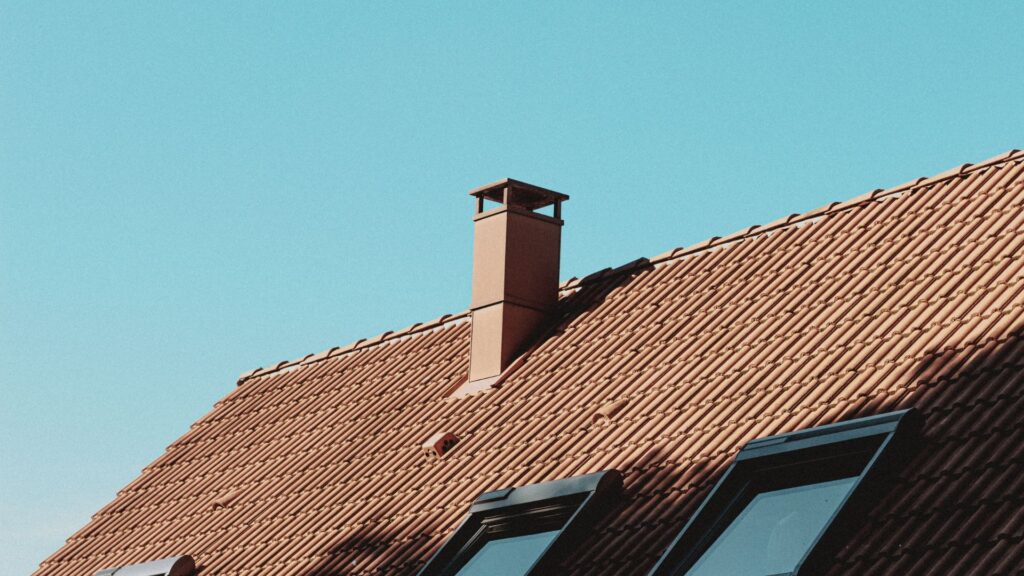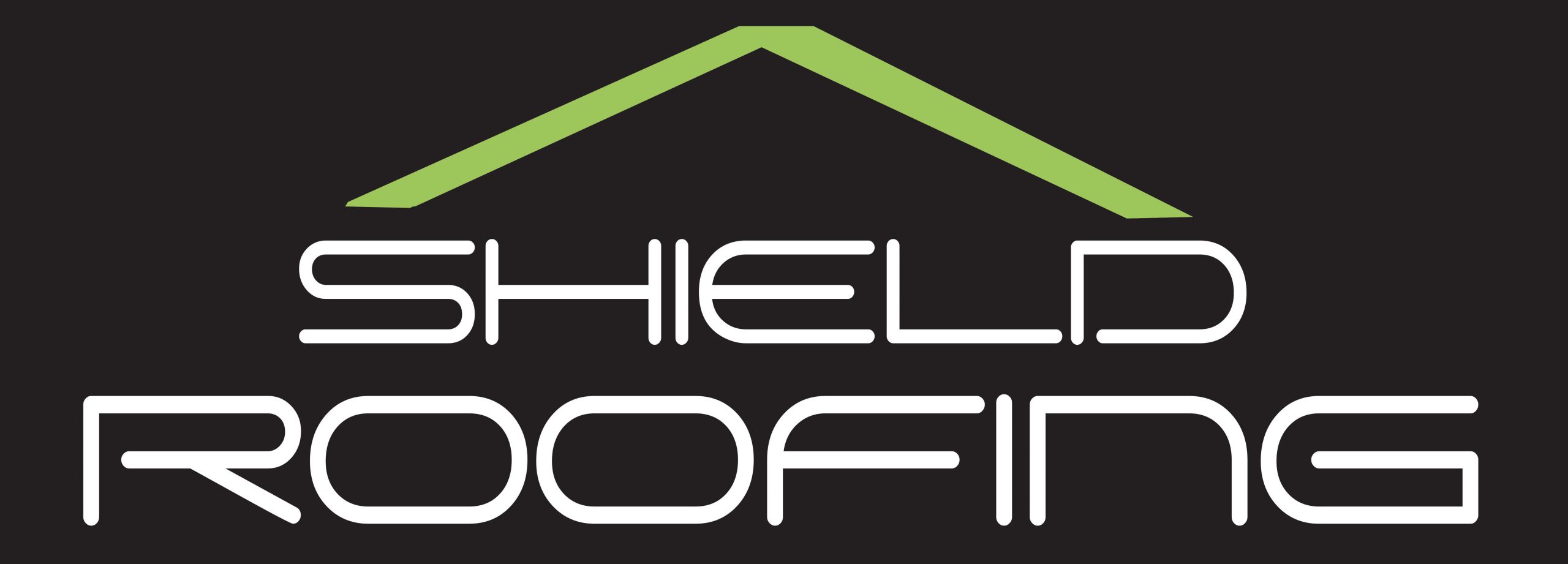The roof over your head does more than just protect you from the elements; it’s a statement of style, an assertion of energy efficiency, and a guardian of your home’s integrity. As residential architecture evolves, so too do the trends in roofing styles, reflecting advancements in technology, a growing emphasis on sustainability, and changing aesthetic preferences. This blog post, brought to you by Shield Roofing, dives into the latest trends in residential roofing styles, exploring how homeowners are embracing innovative materials, technologies, and designs to enhance their homes’ functionality and curb appeal.
In today’s roofing market, the demand for durable, environmentally friendly, and aesthetically pleasing materials is at an all-time high. Homeowners are looking beyond traditional roofing options, seeking solutions that not only complement their home’s architecture but also contribute to a more sustainable world. From the integration of solar technology to the use of recycled materials and the resurgence of bold colors and textures, the latest trends in residential roofing are reshaping how we think about this crucial component of home design.
Sustainable and Eco-Friendly Roofing

The push towards sustainability has profoundly influenced the roofing industry, leading to the rise of green roofs, solar roof tiles, and the use of recycled materials. Green roofs, characterized by their vegetation layer, not only reduce heat absorption, thereby lowering energy costs, but also support local ecosystems and improve air quality. This trend is gaining traction among environmentally conscious homeowners looking to make a positive impact on their urban environments.
Solar roof tiles represent another significant advancement, merging traditional aesthetics with modern solar technology. Unlike bulky solar panels, these tiles offer a seamless integration with the existing roof, preserving the home’s visual appeal while generating clean energy. Moreover, the use of recycled materials in roofing, such as rubber and plastic, is becoming increasingly popular, offering a durable and eco-friendly alternative to traditional roofing materials. These options reflect a growing desire among homeowners to reduce their environmental footprint without compromising on style or durability.
Technological Advances in Roofing
Technology is revolutionizing the roofing industry, from cool roofing materials designed to reflect sunlight and reduce heat absorption to smart roofs equipped with sensors for weather and damage monitoring. These innovations are not only about enhancing the roof’s functionality but also about improving energy efficiency and homeowner convenience. Cool roofs, for example, can significantly lower air conditioning costs during hot months, making them an attractive option for energy-conscious homeowners.
The advent of smart roofs and the use of drones for inspections represent a leap forward in roofing maintenance and durability. Smart roofs can alert homeowners to potential issues before they become serious, while drones offer a safe and efficient means of inspecting hard-to-reach areas of the roof. These technological trends are setting new standards in roofing, combining enhanced performance with greater ease of maintenance.
Aesthetic and Design Trends
Today’s homeowners are not just interested in the practical aspects of roofing; they’re also keen on making a statement with bold colors, unique textures, and innovative materials. The resurgence of metal roofing is a testament to this trend, offering a blend of durability, variety, and aesthetic appeal. Available in an array of colors and styles, metal roofs cater to a wide range of architectural designs, from modern to traditional.
Synthetic roofing materials are also gaining popularity, mimicking the look of slate, tile, or wood shakes without the associated maintenance or cost. These materials offer the best of both worlds: the classic appeal of traditional roofing materials and the benefits of modern technology, including improved weather resistance and longevity. As homeowners become more adventurous with their roofing choices, the market is responding with more diverse and visually striking options.
Integration with Architectural Styles
The latest roofing trends are not only about embracing new materials and technologies but also about ensuring that these innovations complement and enhance the home’s overall architectural style. Modern and minimalist designs are seeing the integration of sleek, flat roofing systems that emphasize clean lines and simplicity. Conversely, homes with historical or traditional architectural styles might opt for roofing materials that offer a nod to the past while providing the benefits of modern durability and energy efficiency.
This blending of old and new reflects a broader trend in residential design towards customization and personalization. Homeowners are increasingly looking for roofing options that align with their unique aesthetic visions and lifestyle needs, driving demand for versatile roofing solutions that can adapt to a variety of architectural styles. The ability of roofing materials and designs to seamlessly integrate with different home styles is a key factor in their popularity and adoption.
The Future of Residential Roofing
Looking ahead, the future of residential roofing appears bright, with emerging materials and technologies poised to further revolutionize this essential aspect of home design. Innovations such as self-repairing materials and even more efficient solar and green roofing solutions are on the horizon, promising to enhance the functionality and environmental friendliness of residential roofs. Additionally, as homes become smarter, the integration of roofing with home automation systems is likely to become more prevalent, offering homeowners unprecedented control over their energy usage and home environment.
These forward-looking trends underscore the roofing industry’s commitment to innovation, sustainability, and meeting the evolving needs of homeowners. As materials become more advanced and roofing systems more integrated with home automation, the role of the roof in residential design is set to become even more significant. Homeowners will have the opportunity to choose roofing options that not only protect and enhance their home but also contribute to a more sustainable and efficient living environment. This evolution in roofing is not just about keeping up with technological trends but about reimagining what a roof can do for a home in terms of energy production, environmental protection, and architectural beauty.
The latest trends in residential roofing styles reflect a dynamic and rapidly evolving industry that is responding to the demands of modern homeowners for sustainability, efficiency, and aesthetic diversity. From the adoption of green and solar roofing to the resurgence of bold colors and the use of innovative materials, these trends are shaping the future of residential architecture. As homeowners become more involved in the design and functionality of their roofs, the choices available to them continue to expand, offering new ways to enhance the value, beauty, and performance of their homes.
Shield Roofing is at the forefront of these innovations, offering expert guidance and installation services for a wide range of roofing styles and materials. Whether you’re interested in exploring the benefits of green roofing, considering the sleek appeal of metal roofing, or curious about the latest in roofing technology, our team is here to help you navigate the options and make the best choice for your home.
If you’re inspired by the latest trends in residential roofing and ready to explore how these innovations can transform your home, contact Shield Roofing today. Our experienced professionals are dedicated to providing the highest quality service and advice, ensuring that your roofing project not only meets but exceeds your expectations. Let us help you bring the future of roofing to your doorstep, creating a home that’s as stylish as it is sustainable and efficient.

